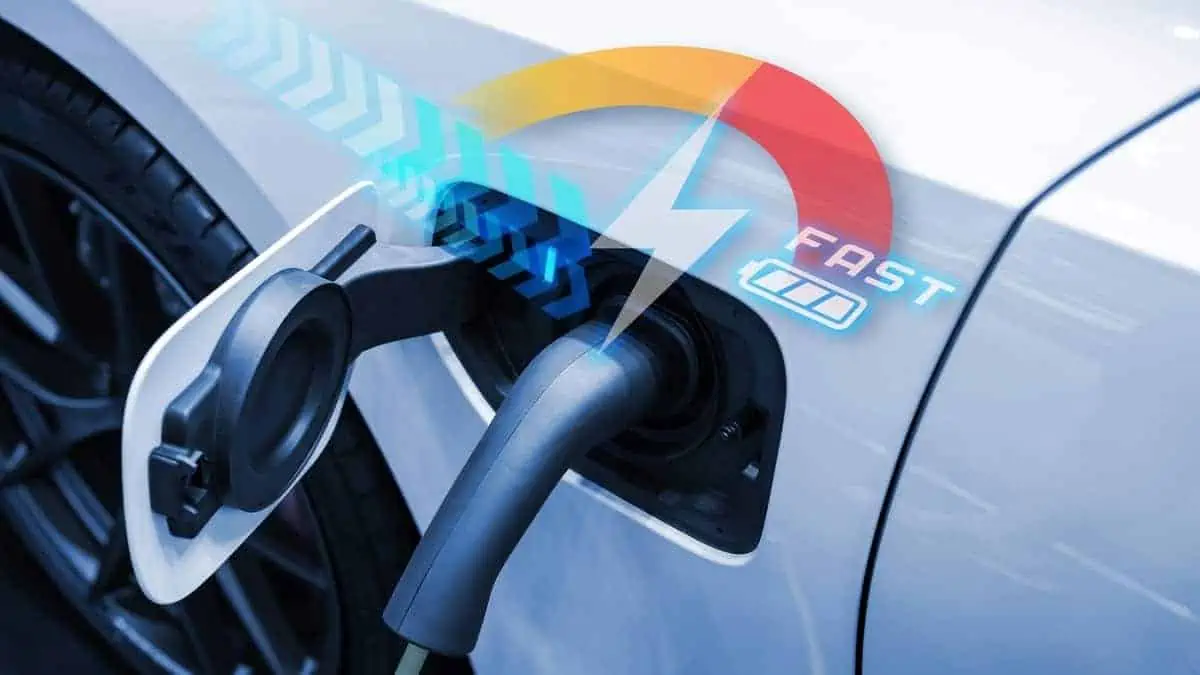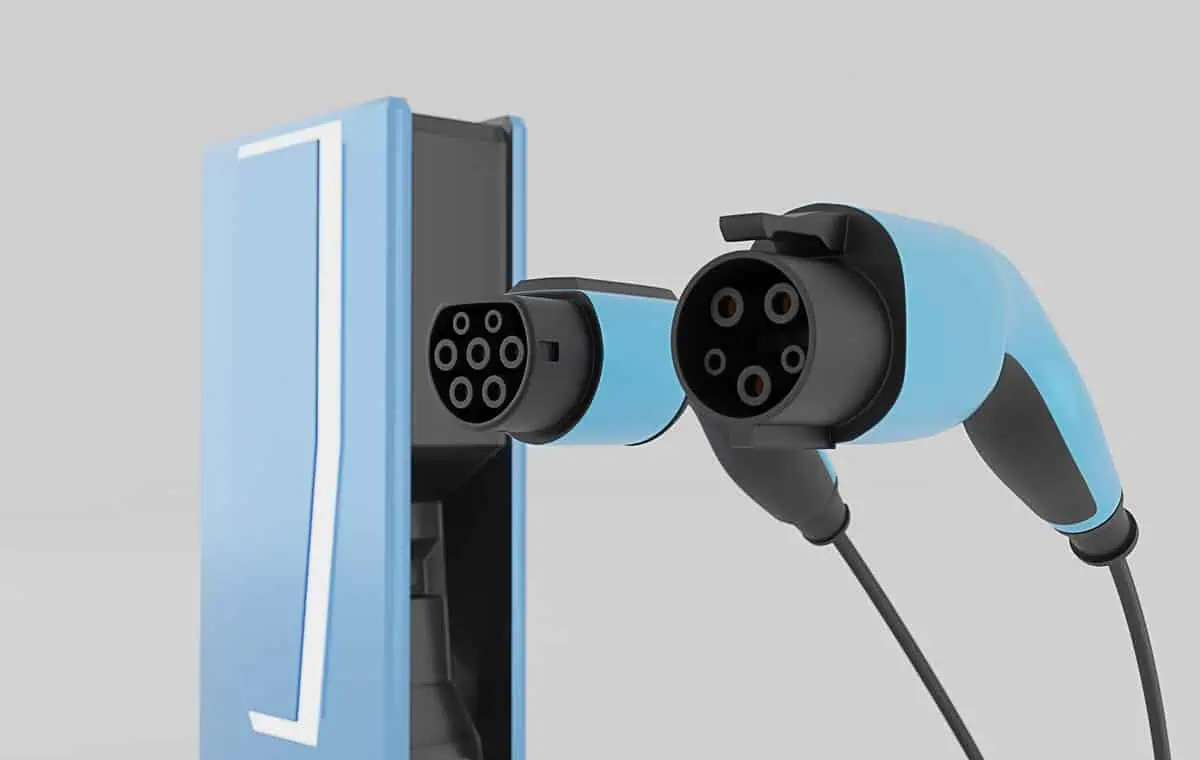The United States saw its stringent fuel economy standards alleviated on June 7, marking a huge pivot from the original rules while still saving the country billions of dollars.
US regulator announces loosened fuel economy standards
According to the press release, the US Department of Transportation’s National Highway Traffic Safety Administration (NHTSA) officially set new fuel standards for automakers competing in the domestic market.
Under the final standards, fuel economy will increase by 2% annually for MY 2027-2031 passenger cars. Likewise, MY 2029-2031 light trucks will also see an annual 2% increase.
These adjustments will diminish the average light-duty vehicle fuel economy in the US up to roughly 50.4 miles per gallon by model year 2031 from the original 58 mpg by 2032. The NHTSA expects these changes to help save owners over $600 in fuel over the lifetime of their vehicles.
On the other hand, heavy-duty pickup truck and van fuel efficiency will witness an annual 10% for MY 2030-2032 and 8% for MY 2033-2035. As per the press release, it will generate a fleetwide average of about 35 mpg by the model year 2035. In effect, it will save owners over $700 in fuel over the lifetime of their vehicles.
“Not only will these new standards save Americans money at the pump every time they fill up, they will also decrease harmful pollution and make America less reliant on foreign oil. These standards will save car owners more than $600 in gasoline costs over the lifetime of their vehicle.”
US Transportation Secretary Pete Buttigieg
NHTSA’s new standards to complement EPA rules
NHTSA’s adjustments to the fuel economy standards seek to comply with recent standard changes announced by the EPA.
For context, the EPA imposed in March that electric vehicles must account for 30%-56% of automakers’ light-vehicle sales from 2030 to 2032. It represents a notable decline from the prior proposal of 67% share by 2032.
The EPA can usually set tougher standards than the NHTSA because the latter cannot consider the EVs’ fuel efficiency when setting the maximum achievable standard for a particular year. It can only use them in its calculations to determine if automakers meet the standards.
“Because we have a market that has an increasing number of electric vehicles, it just becomes more difficult for NHTSA to set standards that are as strong as EPA’s emission standards.”
Chris Harto, Consumer Reports Senior Policy Analyst
Mixed response
Environmental and health groups in the US welcomed the change, particularly the Sierra Club and American Lung Association.
Meanwhile, Dan Becker of the Center for Biological Diversity argued that the new rules are insufficient and that the US administration “caved to automaker pressure.”
As expected, automakers supported the revised rules through the Alliance for Automotive Innovation. AAI President John Bozzella asserted that the revision “works with the other recent federal tailpipe rules.” The alliance further noted that such standards will become increasingly irrelevant as the industry shifts to EVs.
“CAFE’s a relic of the 1970s — a policy to promote energy conservation and energy independence by making internal combustion vehicles more efficient. But those vehicles are already very efficient. And EVs? They don’t combust anything. They don’t even have a tailpipe.”
AAI President John Bozzella
The Biden administration also recently announced a major tariff hike on China-made electric vehicles from 25% to 100% to protect the local industry and homegrown brands.






